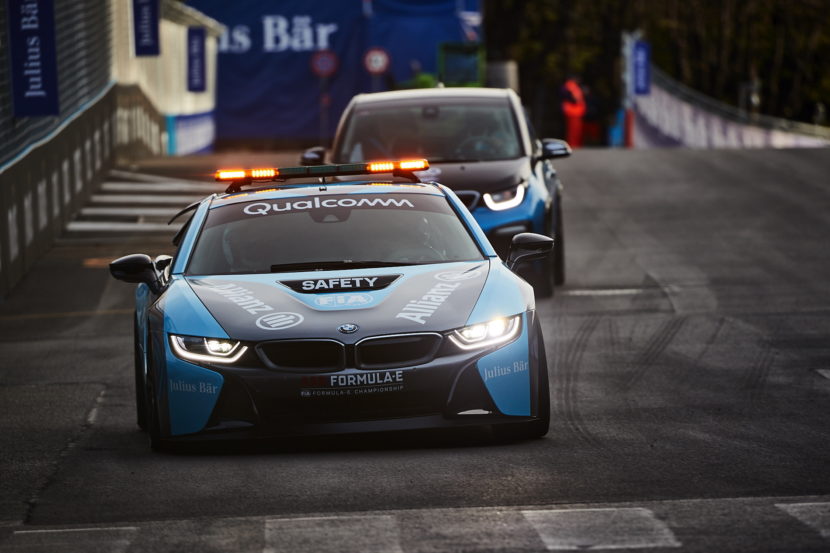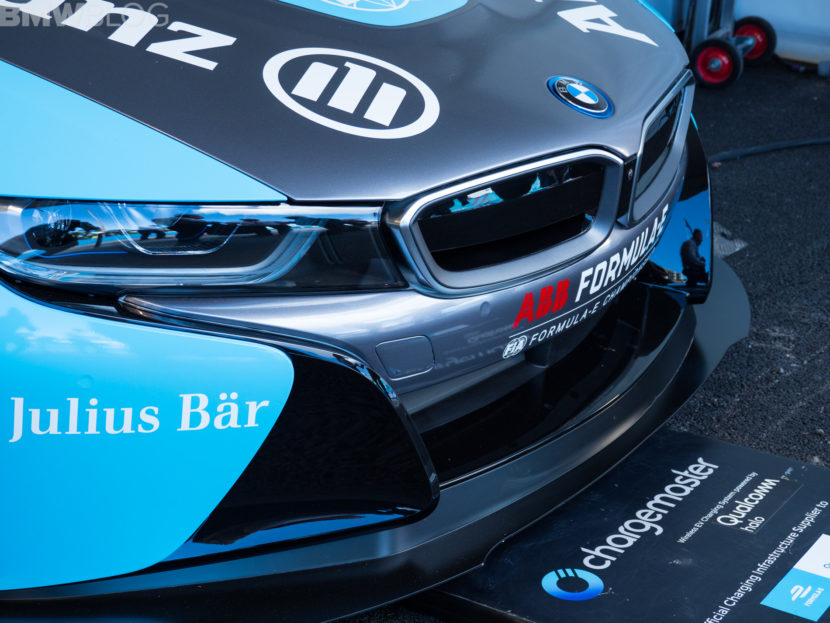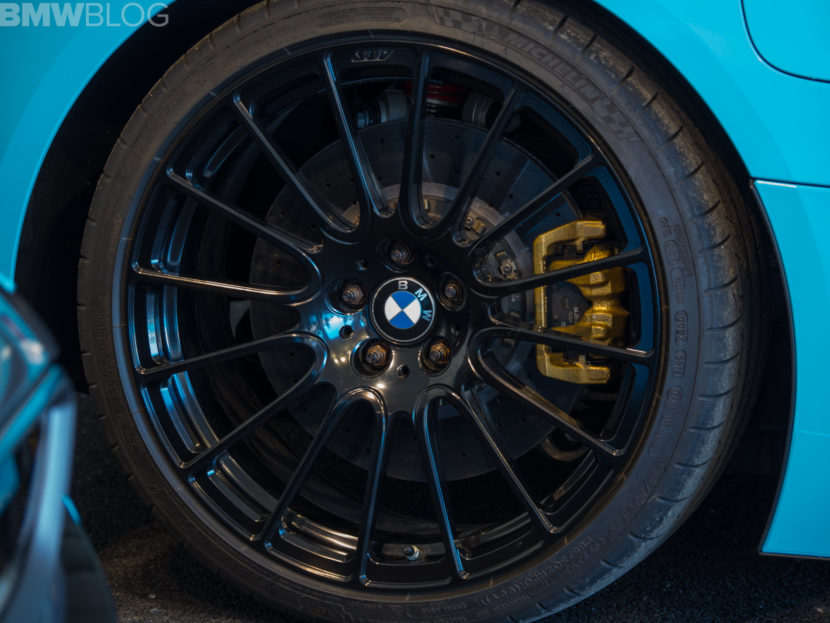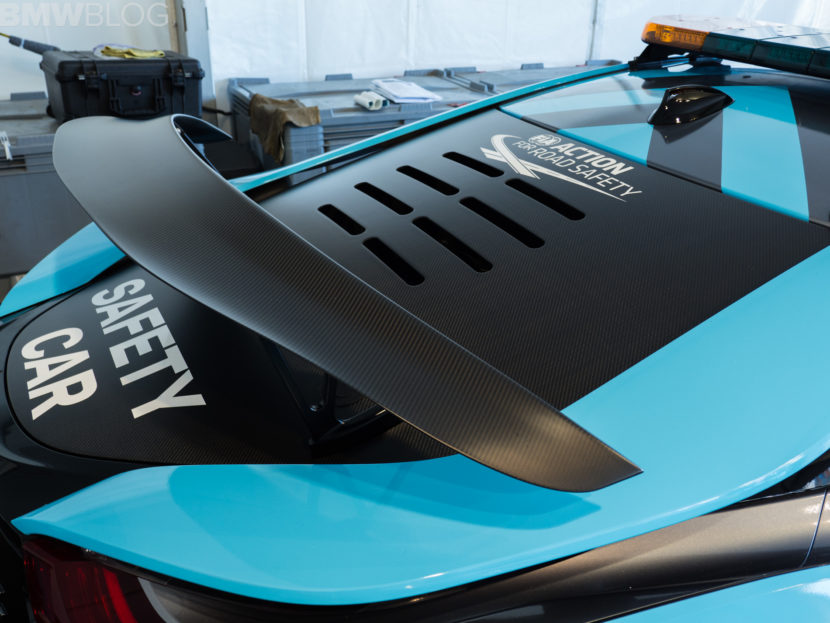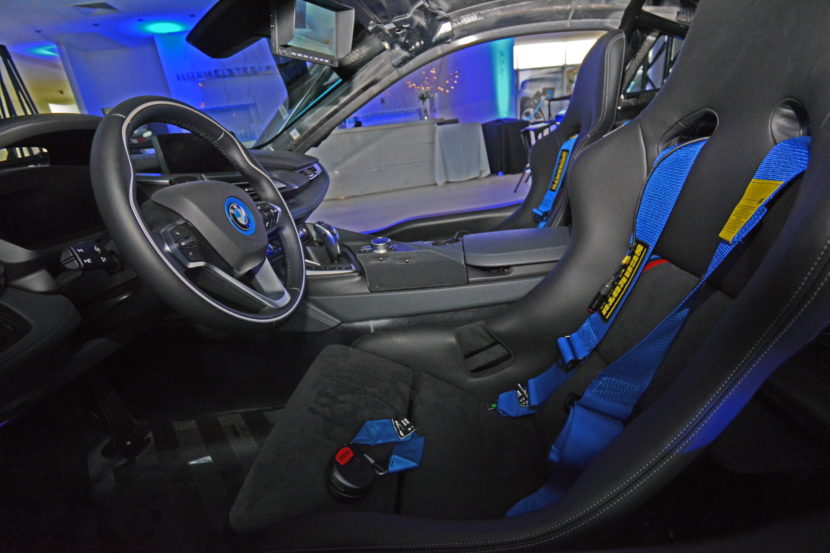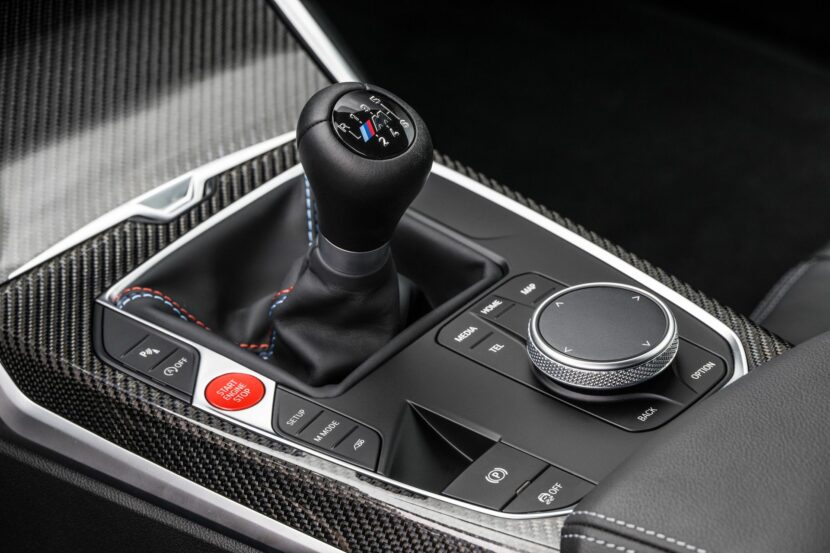In 2014, BMW i become the official vehicle partner for the 2014/2015 FIA Formula E championship. For this partnership, BMW has developed a series of Safety, Medical and Emergency Cars, one of which being a BMW i8. Ever since, the BMW i8 Safety Car has been the highlight at every Formula E race, including last weekend’s ePrix in Rome, Italy.
Nearly every year since its inception, the i8 Safety Car has gone through a series of technical revisions, some mandated by the Formula E governing body, while others simply introduced by BMW for testing purposes. First updated version of the BMW i8 Safety Car arrived in 2015 with a tweaked suspension and numerous other enhancements over the road going edition, followed this year by another upgrade.
An obvious difference compared to the standard i8 model, is above all, the wireless charging system championed by Qualcomm. The “Qualcomm Halo Prototype Technology” inductive charging system uses no cable connections and charges this special BMW i8 Coupe up to 80 percent in just one hour, with a performance of 7.2 kilowatts. To do so, the Safety Car drives over a special bottom plate, which immediately initializes the wireless charging procedure. This saves time and effort, which can be vitally important during races on a Formula E weekend.
Other tech updates introduced in the refreshed i8 Safety Car start with upgraded sports suspension, new wishbones and shock absorbers, which along with a lowering kit of 15 mm, provide enhanced driving dynamics on the track. The previous AP Racing brakes have been removed and replaced by the high-performance carbon ceramic brake system from the M Division with six-piston at the front and four-piston at the rear.
Just like in the M products, the carbon ceramic brakes are lighter which translates into a lower unsprung mass and consequently, better acceleration and handling. Not to forget, with carbon ceramics, you won’t have to worry about the brake dust or corrosion of discs either. So less maintenance for those i8 Safety Cars and increased performance.
Michelin also provides the i8 Safety Car with a series of Michelin Pilot Super Sport tires, which are perfect for the track requirements of the safety car. A set of 20 inch ATS racing rims, black, powder-coated (front: 245/35 R20, rear: 285/ 30 R20) are also put to good use.
The revised BMW i8 Safety Car comes with improved cooling through modified air intakes, and with enhanced and additional fans – 850-watt front fan and two additional fans in the engine compartment.
New anti-roll bar bearings are being used, as well as new air deflectors and air deflector plate on the underfloor of the car.
The rear wing and rear hatch are still made of carbon fiber, same as the the front splitter.
Inside, we have the sports seats from the BMW M4 GTS, 4-point belt while on top of the car a roof-mounted signal light system.
According to BMW engineers, other small, yet important upgrades have been made to the overall i8 Safety Car package, and the car is expected to evolve year-after-year.
When BMW officially joins Formula E as a factory team in 2019, we expect the i8 Safety Car to go through another revision to properly celebrate the important milestone.



